Tail Rotor Pitch Control Loss During Hoisting: Taiwanese NASC AS365N3 NA-107
The Aviation Safety Council (ASC) of Taiwan has issued its investigation report (in Chinese apart from an Executive Summary) into a fatal Survivable Water Impact (SWI) accident on 11 March 2016 involving National Airborne Service Corps (NASC) Airbus Helicopters AS365N3 Dauphin NA-107 during a transport hoist mission (shown in the video below).
The Accident Flight
On board were two pilots, one aircrew ‘crew chief’ and two Coast Guard Administration (‘CGA-SSC’) personnel to be transferred to a grounded cargo ship.
On the day of the occurrence, at 1045 Taipei local time the aircraft successfully completed a first …transport mission [to the ship] and returned to Taipei Songshan Airport. After receiving the order for [a] return mission notice at noon, the flight crew did a crew briefing at 1237 and decided to…perform personnel hoisting (executed one person at a time and two times per [flight]). After arriving above the grounded cargo ship, the aircraft circled the cargo ship in clockwise direction…and began to approach the deck of the cargo ship.
The crew chief began to perform the hoist mission, dropping off the [first] CGA-SSC member… The GPS system indicated that the aircraft began yawing towards the left at 1317:44. Four seconds later (1317:48), the aircraft began to turn drastically. According to the copilot’s interview, the aircraft was shaking in all directions as the aircraft drastically spun towards the left. The copilot also heard the pilot saying, “What is happening to the aircraft?”
As the spinning speed of the aircraft accelerates, the CGA-SSC member [being hoisted] was thrown up by the great centrifugal force generated by the spinning motions and aircraft altitude change. After the CGA-SSC member impacted the main rotor and crashing into the sea, the aircraft plummeted on the sea surface to the left of the cargo ship at 1317:59 with a right roll in an easterly direction.
The helicopter was destroyed.
The aircraft commander’s cause of death was abdominal bleeding and drowning and the hoist passenger were killed upon after the main rotor blade strike. The other occupants sustaining serious injuries.
The helicopter’s emergency flotation system was deployed but the aircraft impacted on its right side. The front right bag did not inflate due to impact damage. The internal cabin life raft was not deployed. The three survivors all escaped underwater from the capsized helicopter and clung to the belly until rescued. The passengers were not equipped with life jackets and the commander had a non-issue ‘lightweight’ life jacket. Sea temperatures at that time of year are typically 20°C. The survivors were rescued within an hour.
The aircraft was not fitted with a Flight Data Recorder (FDR) or a Vibration Health Monitoring (VHM) / Health and Usage Monitoring System (HUMS).
The Safety Investigation
The fenestron control rod double bearing (item 17) was subject periodic inspection in accordance with the Alert Service Bulletin AS365-05.00.61R4 (EASA Airworthiness Directive 2012-0170R2), which had evolved after a couple of prior loss of yaw control events (and 8 prior degraded bearings in total).

Spalled Inner Race of SKF Tail Rotor Pitch Change Bearing from NASC Airbus Helicopters AS365N3 NA-107 (Credit: ASC)
Wear of the SKF manufactured bearing continued and eventually led to a loss of tail rotor pitch control after the inner race retaining shoulder rapidly deteriorated. 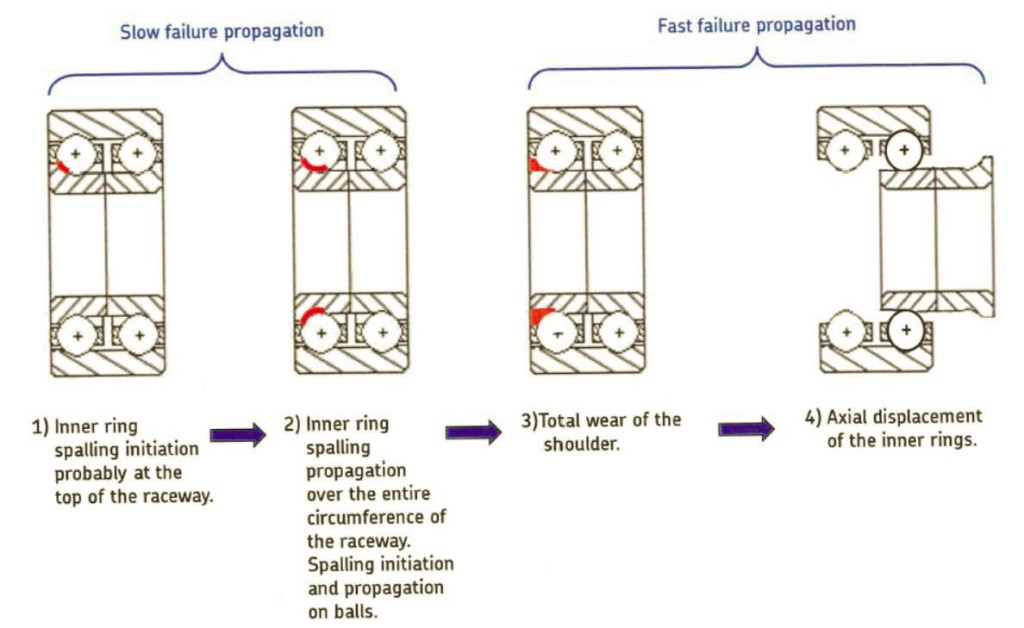 Five of the twelve ball bearings on one side had been released (all were undersized due to wear). Laboratory examination confirmed the bearing had been manufactured to drawing specifications. The ASC say:
Five of the twelve ball bearings on one side had been released (all were undersized due to wear). Laboratory examination confirmed the bearing had been manufactured to drawing specifications. The ASC say:
The maintenance personnel did not detect the bearing was worn, the tactile/sensitive manual axial play check is mainly based on the judgement of the operator and therefore subjective to detect manually.
The ASC do however note that:
Two of the tail gear box magnetic plug inspections of the occurrence aircraft exceeded the twenty five flying hours or fifty landing cycles regular inspection period.
The ASC report is unclear but this appears to be due to usage assumptions being used for forecasting that did not reflect actual usage. The ASC do also say:
The National Airborne Service Corps has management procedures for technical documents but no standard training guidance for relevant staff members in charge of airworthiness directives (AD)
ASB 01.00.67 R1 (made mandatory by EASA AD 2016-0097), was issued by the manufacturer in May 2016. A subsequent AD was issued the following year (AD 2017-0007). The ASC note that due to the expense, simulators were not being routinely used by NASC crew. They cite the safety benefit of simulators by referencing a European Helicopter Safety Team (EHEST) leaflet from 2013. The ASC also observe:
The search and rescue vessel did not implement the on scene commander dispatch principles; an identical communication frequency was not used; and when communication was unsuccessful, the aircraft did not establish indirect contact through notifying the affiliated service command center. The scramble nets on the sides of the Coast Guard Administration search and rescue vessel are suitable for physically capable survivors and are unsuitable for the nearly disabled. The national law or regulation has not mandated the installation of flight recorders on the public aircraft.
The ASC made 14 safety recommendations.
Note: This article is based on translation from Chinese of the ASC Final Report. Readers needing authoritative data should consult / translate the Chinese language Final Report directly.
Other Safety Resources
- We recently reported on a series of Sikorsky S-92A Loss of Tail Rotor Control Events
- We have written a popular summary of the EC225 LN-OJF Accident Investigation Timeline
- We have discussed an Icelandic Coast Guard AS365 accident: Pitot Punctures Floats in Icelandic SAR Ditching
- In Malaysia, another AS365 broke up in flight after it had been damaged in a previous landing accident: Final Report: AS365N3 9M-IGB Fatal Accident
- NTSB Report on Bizarre 2012 US S-76B Ditching
- NTSB Report on 2013 S-76 Tail Rotor Blade Loss
- Dramatic Malaysian S-76C 2013 Ditching Video
- In the US a marine pilot was injured in a Marine Pilot Transfer Winching Accident
- While in Germany a BK117 flew into the sea preparing for night winch training: Night Offshore Winching CFIT
- UPDATE 10 May 2017: Bell 429 TR Pitch Change Link Bearing Failure
- UPDATE 18 February 2018: Fatal Fall From B429 During Helicopter Hoist Training
- UPDATE 3 April 2018: Hoist Assembly Errors: SAR Personnel Dropped Into Sea An NASC UH-60M accident in Taiwan during a SAR exercise.
- UPDATE 15 July 2018: HF Lessons from an AS365N3+ Gear Up Landing
- UPDATE 25 April 2019: USAF Helicopter Hoist Training Accident: equipment snagged on obstacle
- UPDATE 2 November 2019: Taiwan NASC UH-60M Night Medevac Helicopter Take Off Accident
- UPDATE 15 January 2020: AAR Bell 214ST Accident in Afghanistan in 2012: NTSB Report
- UPDATE 7 February 2020: S-61N Damaged During Take Off When Swashplate Seized Due to Corrosion
- UPDATE 19 April 2020: SAR Helicopter Loss of Control at Night: ATSB Report
- UPDATE 2 May 2020: Sécurité Civile EC145 SAR Wirestrike
- UPDATE 8 January 2022: Fiery Fatal AW119 Accident in Russia After Loss of Tail Rotor Control
UPDATE 19 February 2018: Meanwhile the salvage of the ship by SMIT Salvage is discussed: Here’s How SMIT Salvage Removed the Grounded TS Taipei in Taiwan
The European Aviation Safety Agency (EASA) is sponsoring a safety promotion activity on hoist operations.
Aerossurance’s Andy Evans presented on rotor and transmission safety at the European Aviation Safety Agency (EASA) 10th Rotorcraft Symposium in Cologne in December 2016.
Aerossurance is pleased to have sponsored the 2017 European Society of Air Safety Investigators (ESASI) 8th Regional Seminar in Ljubljana, Slovenia on 19 and 20 April 2017. ESASI is the European chapter of the International Society of Air Safety Investigators (ISASI).
Aerossurance is also pleased to sponsor RAeS HFG:E conference at Cranfield University on 9 May 2017, on the topic of Staying Alert: Managing Fatigue in Maintenance. This event will feature presentations and interactive workshop sessions.

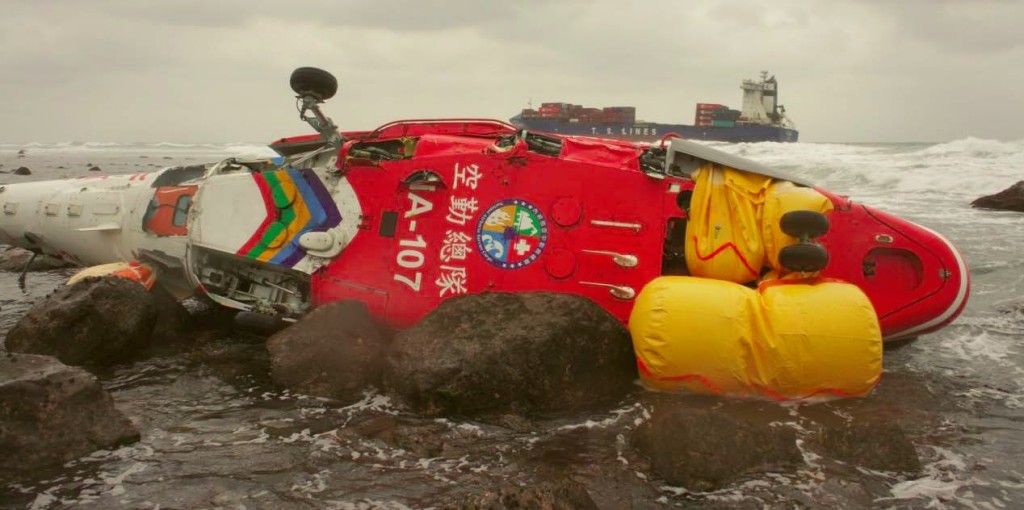
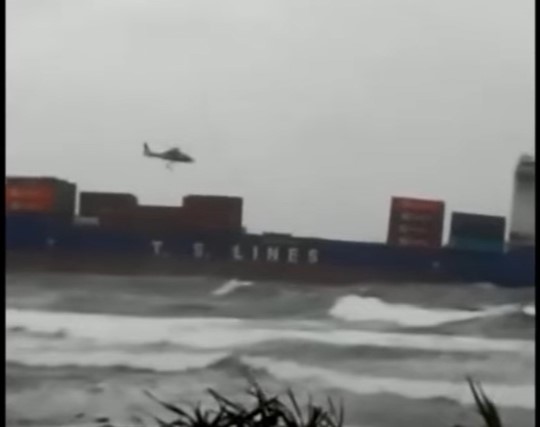
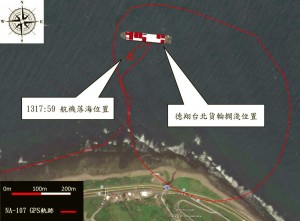



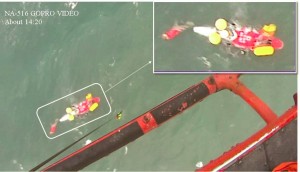

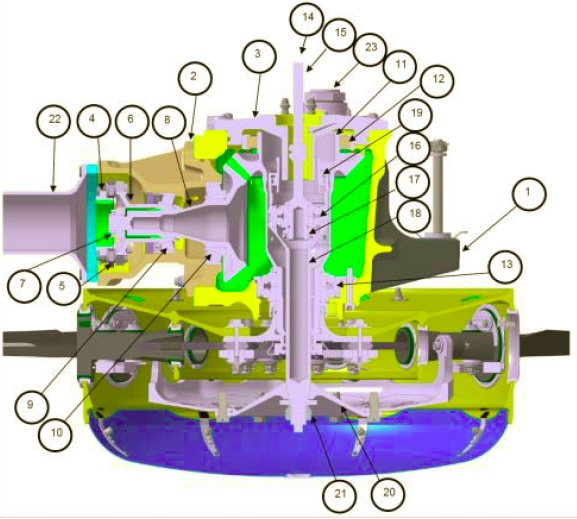
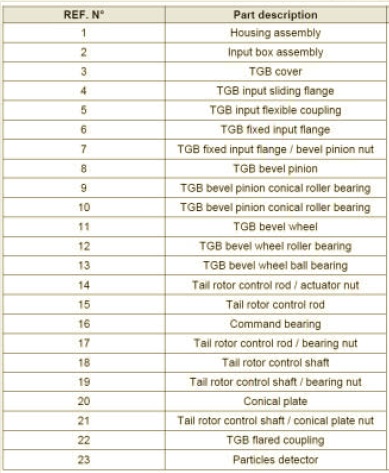
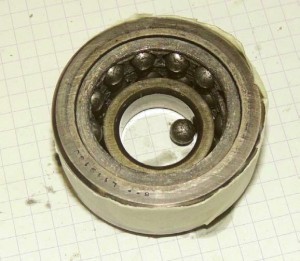
Recent Comments